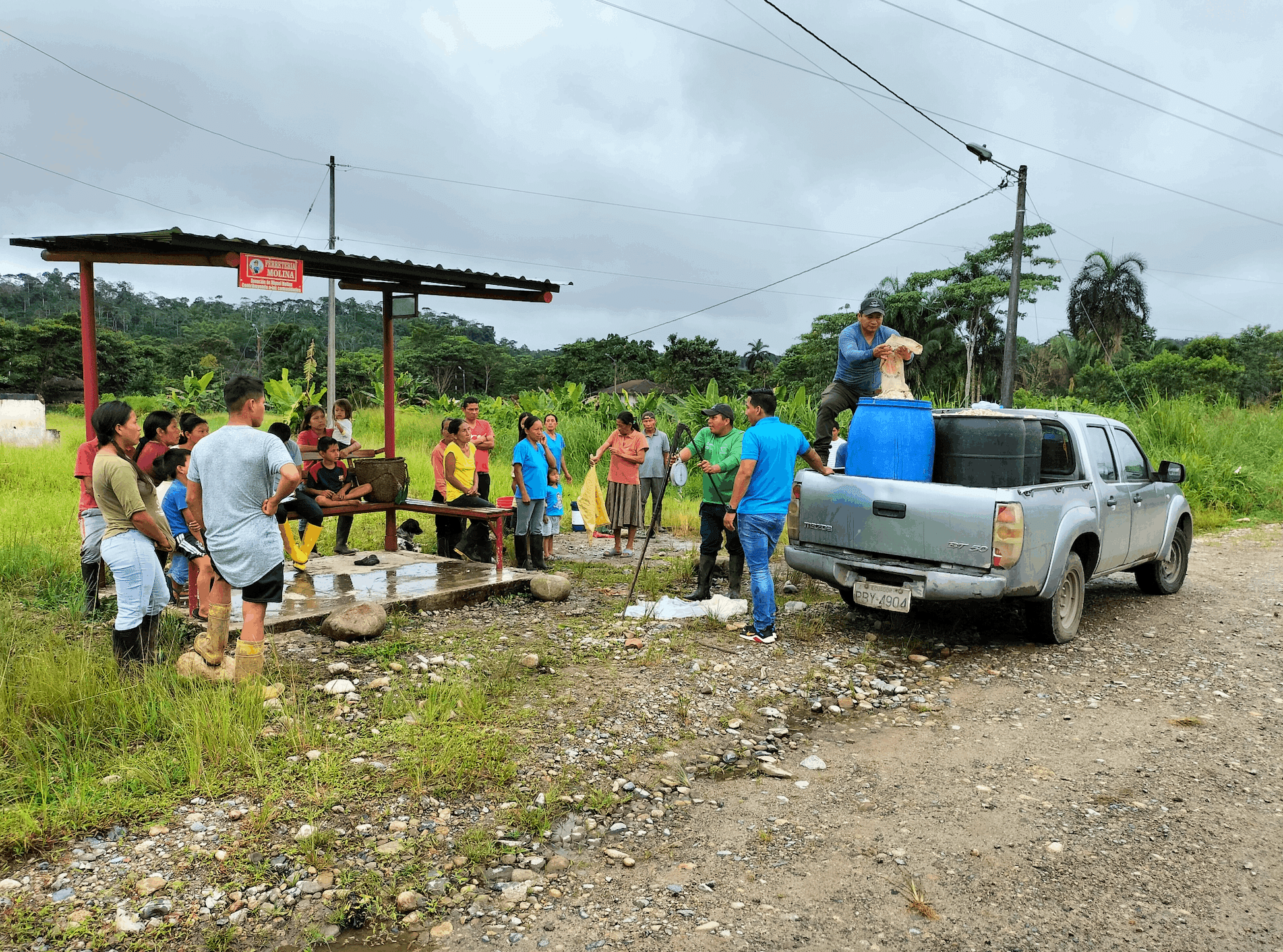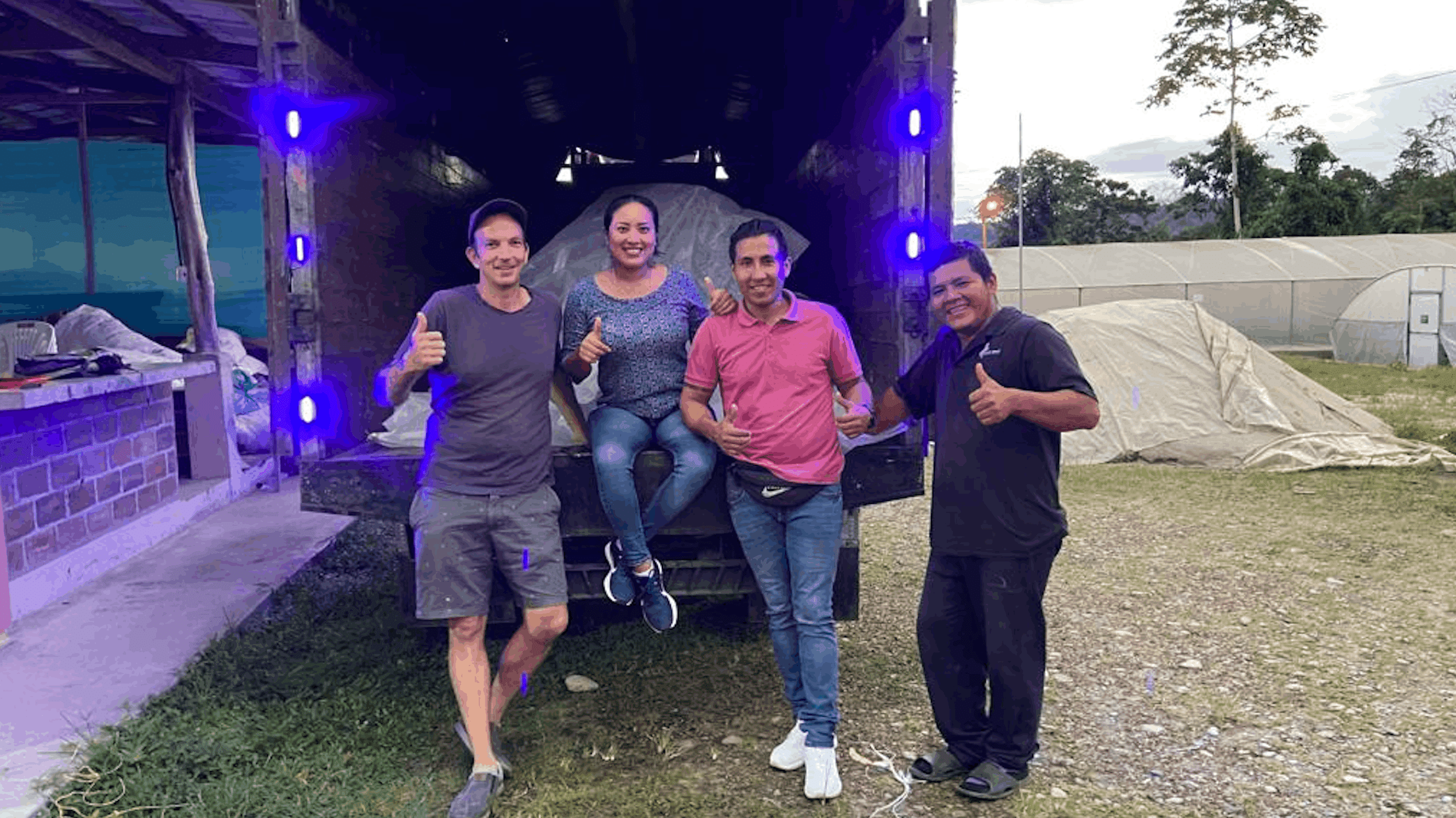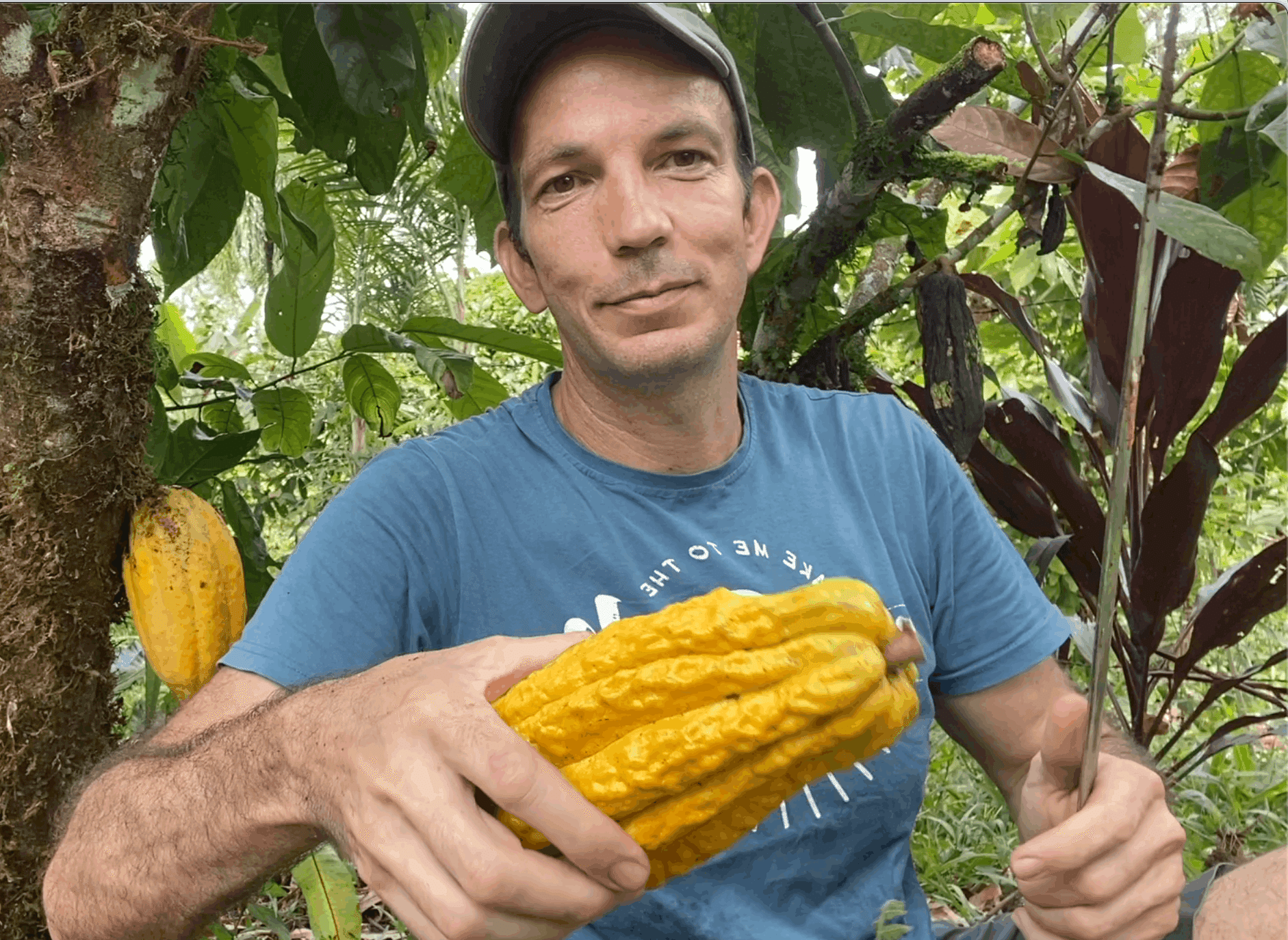
The national strike in Ecuador and how was Mamano affected?
(See below for the English version.)
As you may have seen in the news, in June 2022Large-scale strikes by indigenous groups and organizations in EcuadorWas done.
[FT] Anti-capitalist Ecuadorian indigenous people demo to centre-right government
The reason is,Social injustice, rising crime rates in Ecuador, rising gas prices, improved access to education, especially universitiesIt was to fight.
Indigenous peoples in the mountains are very well organized and are fighting very aggressively for their rights.
Therefore, the overall protest isMountains and capital QuitoIt was held in.
Many were injured and killed in battles with police and the military.
but,Even in the Amazon region, where the Mamano and Winjak Associations are active, strikes have a significant impact on work processes and daily life.Caused.
Despite some violence, the more common way to protest and let the government know that people did not agree with politics was to block the road.
So we18 days in total、Virtually isolated from external supplies and blocked here and there, preventing freedom of movement from communities and cities to other locationsbecame.
As a result, the shops were gradually emptied from industrial products such as onions, tomatoes, carrots, salads, eggs, and milk grown in the mountains.
It was an interesting experience because I could only make meals from the local food.
In addition to the road blockade, the gas at the gas station has stoppedSo the roads were barely accessible and the gas was running out, making it even more difficult to move.
Sometimes one petrol truck comes in, people had to line up for about two hours to fill up the petrol, but most people didn't work and had to go home with an empty tank. It didn't become.
Fortunately, the Mamano and Ecuadorian Winjak union has already finished buying cocoa for the next two chocolate productions, so there is no need to move from community to community to buy cocoa, which would be impossible. was.

but,You have to go through the Andes to get the cocoa beans to the Guayaquil factory, you can'twas.
FortunatelyEcuadorian President Guillermo Lasso and indigenous leader Leonidas Isa agree to work on the remedial measures sought by indigenous organizationsHowever, the strike was over in no time. Then, little by little, the truck arrived, the road was unblocked, and everything was back to normal.

Indigenous groups have asked the government to make concessions to the required reforms for 90 days, but if they are not happy with the changes, they could go on a new strike about three months later. I hope you don't have to.

Mamano chocolate
https://mamano-chocolate.com/
Check here for the latest information ▼
Line e-mail newsletter registration
Official Twitter
Official Instagram
Official Facebook page
<English version>
The national strike in Ecuador and how was Mamano affected?
As some of you might have read in the news, there was a big strike in Ecuador in June 2022 conducted by the organizations of the indigenous groups and organizations in Ecuador.
The reason was to fight against social injustice, raising criminality in Ecuador, high prices for gas and better access to education, specially to universities.
The indigenous people of the mountainous region are very well organized and very aggressive in fighting for their rights. So the overall protests took place in the mountains and in the capital Quito.
The fighting against the police and the military caused a lot of injured people and even some deaths.
But also in the Amazon region were Mamano and the Wiñak association are working, the strike affected the work processes and the daily life significantly. There were some violent activities but the more common way to express the protest and to let the government know that people do not agree with the politic, is blocking the roads. So we were practically isolated from any supply from outside for a total of 18 days and could not move freely from one community or city to the other as there were blockages all over.
The affect was, that the shops got empty little by little, starting with the products that are cultivated in the mountains, as onion, tomato, carrots, salad, but also eggs and little by little also milk and all other industrialized products. This was an interesting experience as we were forced to use only regional products to prepare the meals.
Additionally to the road blockages the gas in the gas stations went out, so there was almost no traffic on the roads and a mobilization was even more difficult as there was no gas anymore. Sometimes one truck of gas arrived but people had to stand in queue for about 2 hours to fill their car but but most of them had to drive home without success and an empty tank again.
Mamano and Wiñak did luckily already conclude the cocoa buying for the next two chocolate productions so we did not have to mobilize from community to community to buy more cacao which would have been impossible. But we could not bring the cocoa beans to the factory in Guayaquil meaning to drive passing the andes, which was absolutely impossible.
Luckily and as fast as the strike begun it was finished due to a signature between the Ecuadorian president, Guillermo Lasso, and the indigenous leader, Leonidas Iza, agreeing to work on an amelioration of the points, the indigenous organizations were fighting for. Little by little the trucks could arrive, the blockages of the roads were cleaned and everything went back to normality.
The indigenous organizations gave the government 90days to show concessions to the demanded reforms, if they are not happy with the changes, a new strike can be possible in about 3 month. Let’s hope that it will not be necessary.
